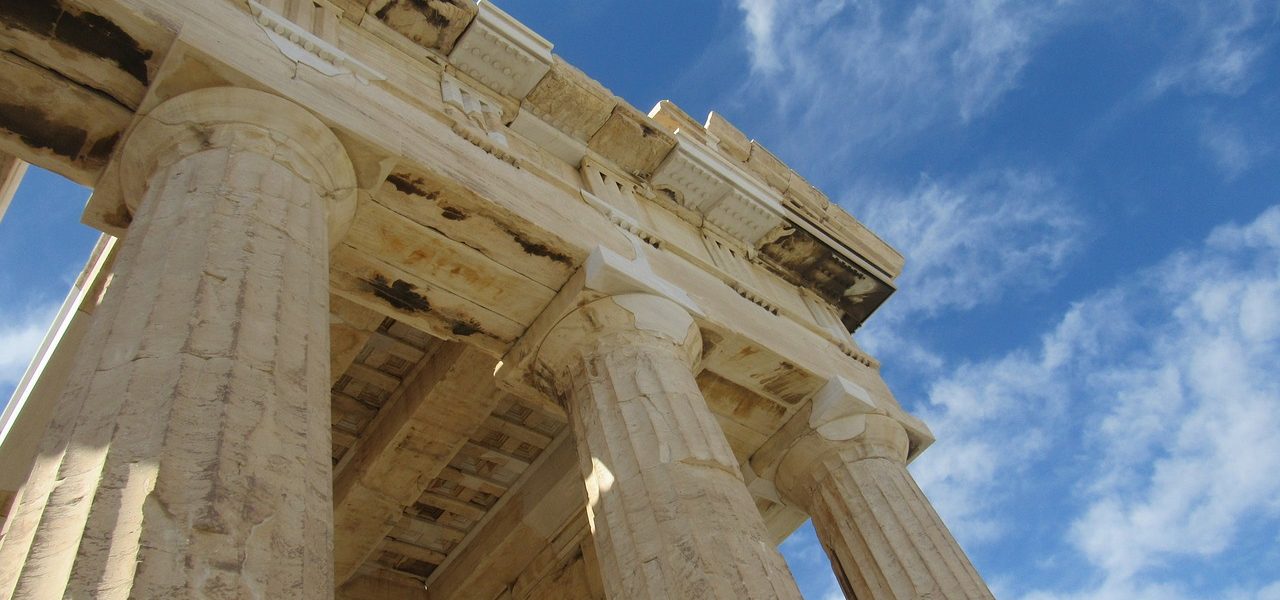Forum Replies Created
-
AuthorPosts
-
 PhidippidesKeymaster
PhidippidesKeymasterManno, what kind of help do you need?
 PhidippidesKeymaster
PhidippidesKeymasterUnfortunately, I'm afraid it persists at least in some form in at least some societies.
 PhidippidesKeymaster
PhidippidesKeymasterI am of the opinion that the American colonists twisted many things to galvanize support, but that is to be expected of human struggle. Information is still misreported in our modern techo media, so all the more likely that such dissonance occurred in the eighteenth-century.
That is something that I have wondered about. I have heard that the Colonists had revolted against the British for less that what Americans put up with today. Also, from what I understand only 1/3 of the Colonists supported the war against the British. Is this the perception we get from our historical readings? How many people died in the Boston Massacre? I think the number was seven. While this is undoubtedly sad, I do not know that it qualifies as a "massacre". I wonder how much propaganda was in play back then, some of which made it into our history books.
 PhidippidesKeymaster
PhidippidesKeymasterWas there any political motive to their killings, though? I suppose that a serial killer also kills at random, but we wouldn't categorize him as a “terrorist”. Now that you brought up Quantrill and Lawrence I looked it up. Pretty gruesome event, indeed. To summarize the story (found on this site), Jim Lane and his "Jayhawkers" from Kansas would raid towns in Missouri during the Civil War. Perhaps in retribution, Quantrill, who sided more with the Confederates, took his men and raided Lawrence, Kansas, where they killed many men in the town - some 150 of them - burned buildings, and looted the whisky.While this raid sounds quite gruesome, it still doesn't seem like terrorism. A massacre, yes, but the people of Lawrence likely had at least a chance to defend themselves. Perhaps the train massacre, however, might fall more into this category.
 PhidippidesKeymaster
PhidippidesKeymasterI thought that he did. I imagine that Soviet inspectors would have been able to confirm any tactical agreements, as they did in the 1980s when they came to the U.S. to verify that nuclear missile silos had been completely disabled.
 PhidippidesKeymaster
PhidippidesKeymasterOne of my favorites was Glory, starring Matthew Broderick and Denzel Washington. Good story with good acting. FYI – there's a scene where you can see a group of slave kids waving their good byes to someone going off on a wagon. If you look closely, you can see a curious-looking digital wristwatch on one of the kids. Kind of funny.Another interesting one was Cold Mountain. Overall the movie was alright, but it had some interesting aspects to it, such as the perspective of the Southerners who were really reved up for a war against the North. Also, it showed how once the town essentially became deserted when all the males left for war, the town became a kind of place where vigilanteism sprouted.
 PhidippidesKeymaster
PhidippidesKeymasterAlright Donnie – a question for you. I'd like to get rid of the board on the French Revolution by combining it into the Enlightenment board. Would this be proper? What is your view on the years of the Enlightenment? Arguably it began with Descartes, and lasted until about the time of the French Revolution.I really want to be able to put the years into the board descriptions (or at least some of them), and I fear that I am missing some parts of history by using era titles which are specific to a particular region.
 PhidippidesKeymaster
PhidippidesKeymasterI wonder why more rum wasn't issued to soldiers. 300 gallons per 20k troops really would not go very far. Did they not have access to beer as well in the trenches of France or Germany?
 PhidippidesKeymaster
PhidippidesKeymasterI think, then, that the Stone trilogy was probably Full Metal Jacket, Born on the Fourth of July, and Heaven and Earth. This last movie was about a Vietnamese woman who marries Tommy Lee Jones' character, who is in special ops with the military there. They eventually make it back to the U.S. where Jones eventually goes crazy because of his post-war syndrome.
 PhidippidesKeymaster
PhidippidesKeymasterI believe that Platoon came out around the same time as two other Vietnam War flicks, Full Metal Jacket and Hamburger Hill (I only saw Full Metal Jacket). Oliver stone had his Vietnam “trilogy”, though I cannot remember all three movies of his. Didn't he do Born on the Fourth of July? I do know that the third of his trilogy was a Vietnam War movie called Heaven and Earth, starring Tommy Lee Jones.
 PhidippidesKeymaster
PhidippidesKeymasterWhich South American country is that?
The country is Ecuador, but I imagine that the treatment is more or less the same throughout many Latin American countries.
 PhidippidesKeymaster
PhidippidesKeymasterWhen I found some I think you had gotten them all already:http://www.civilwarhome.com/civilwarnames.htmand a different list here:http://www.gamepuppet.com/civilwar/names.htmOne interesting thing I found was that soldiers were often referred to by the slang name for their state. For example, those from Georgia were called Buzzards, those from Pennsylvania were Logher Heads, and those from Vermont were Green Mountain Boys. What I found particularly interesting is that I now know where a variety of Big Ten college teams get their names from; the slang for soldiers from Michigan was (surprise, surprise) Wolverines, for those from Wisconsin - Badgers, for those from Ohio - Buckeyes, for those from Iowa - Hawkeyes. The list goes on. See it at http://www.iltrails.org/cw_slang_states.html
 PhidippidesKeymaster
PhidippidesKeymasterDonnie, can I ask you where you got those figures? You could be right about the conventional weapons, but I thought I read somewhere that this was not the case. I did some searching and was unable to come up with specific figures on this. As far as Soviet nuclear weapons went, I found something which stated "According to estimates by the Natural Resources Defense Council, the peak of approximately 45,000 warheads was reached in 1986."
 PhidippidesKeymaster
PhidippidesKeymasterMy professor Dr. Randolph Daniels, made an excellent case that the Dark Ages were never Dark. Phid already mentioned the rise of the Gothic Cathedrals during the age highlighted by the Flying Buttress, but also those great figures he listed. The only thing that can keep the term relevant is the fact that Europe was restructuring in the aftermath of Rome's fall. Though technology progressed, the height of culture as seen in Rome, was no where near matched. So in comparison to the shining glory that was Rome, early Medieval Europe was indeed a dim flicker.
Ok, this begs a question of my own, but I will post it in the Rome board since it's more applicable there.But also, I should add that the flying buttress as an architectural feature really only came into place around 1193 with the Chartres Cathedral, which really ushered in the Gothic Age. This was a new era of architecture that spawned some of the greatest works ever known to man. However, the Gothic cathedrals really only came about because of Romanesque architecture, which was the style that developed during what we are calling the Dark Age. Romanesque cathedrals became very vertical in their western facade towers, but were heavier and less ornate than the later Gothic ones. In fact, it was during the Dark Ages that some of what we still see today in our churches developed.
 PhidippidesKeymaster
PhidippidesKeymasterThanks….as you can see I did some research and added that section as “Dark Ages” from 476 to 1000, which were dates in something I read. However, I think that a better break might end at 1066 like you said with William the Conquerer.
-
AuthorPosts


